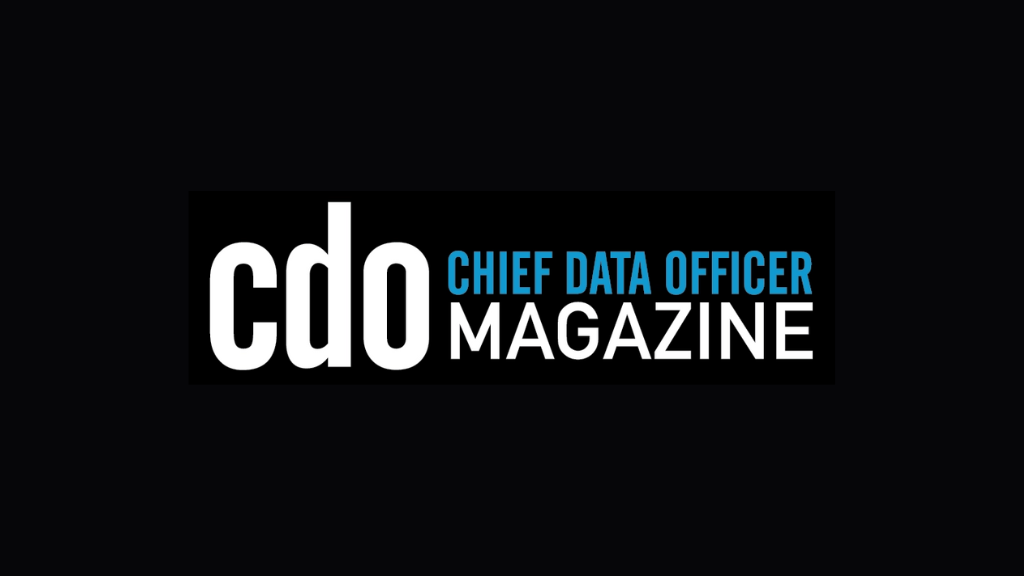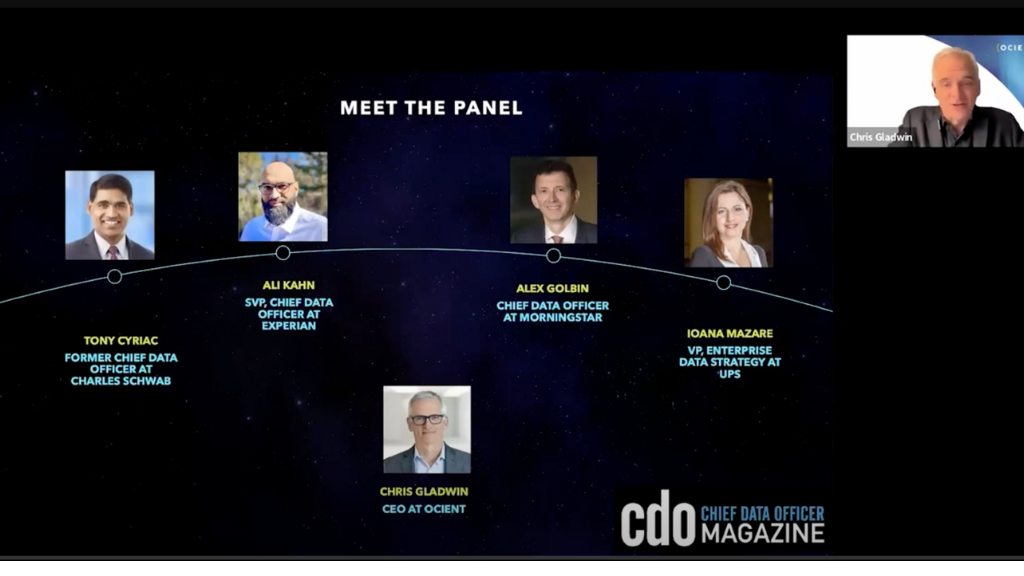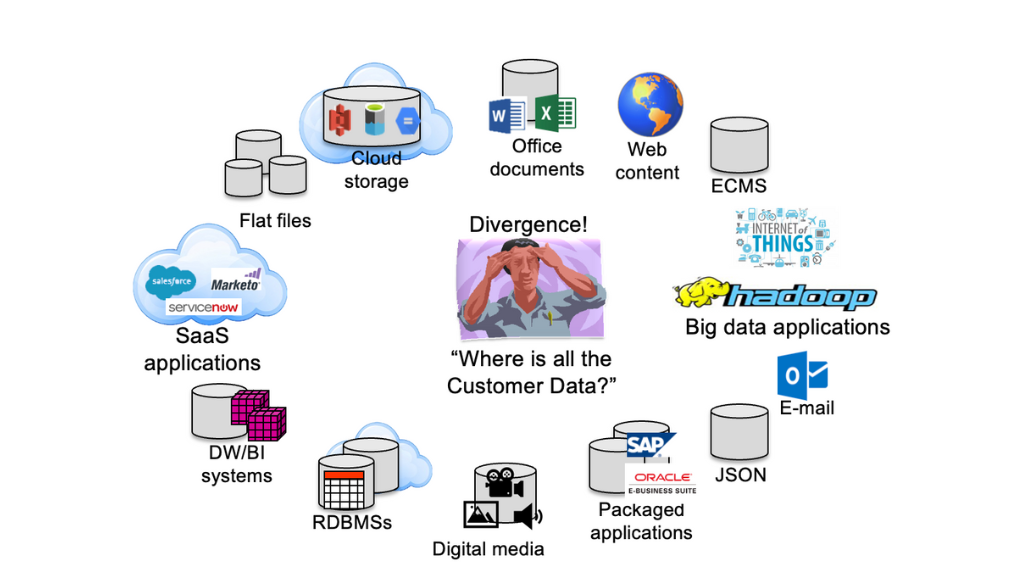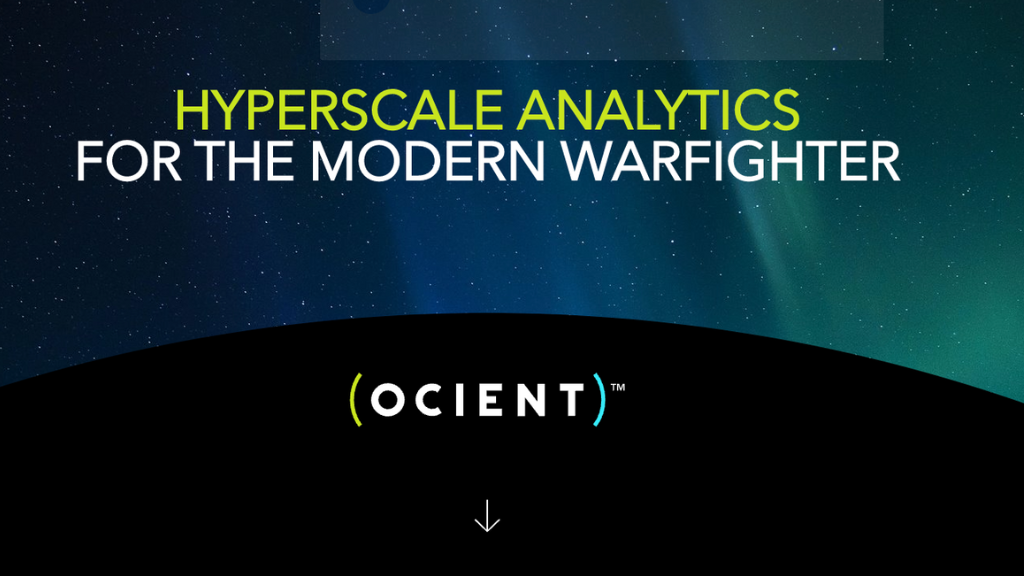In this webinar, Shantan Kethireddy, VP, Customer Solutions at Ocient, Anudit Vikram, AdTech Product Leader and Wil Schobeiri, Chief Technology Officer at Banyan share insights on adtech with Hana Yoo, Senior Editor at AdExchanger.
The panel discusses the challenges of data analysis in the ad tech industry and the importance of consolidation. Schobeiri, Vikram and Kethireddy emphasize the complexity and cardinality of ad tech data, the need for cost-effective and real-time insights, and the benefits of consolidating data onto a single platform. They highlight the cost savings, efficiency improvements, and faster time to market that consolidation can bring. The speakers also discuss the importance of data elimination and filtering criteria. They emphasize the need to focus on answering important questions and leveraging first-party data effectively to drive revenue growth. Overall, the goal is to simplify and consolidate AdTech environments to enable more innovation and personalized experiences for customers.
- 00:00:00 The webinar begins with an introduction from the host, Hannah Soo, followed by the introduction of the guest speakers: Wil Schobeiri, the Chief Technology Officer at Banyan, Anudit Vikram, an AdTech Product Leader, and Shantan Kethireddy, VP of Customer Solutions at Ocient. The presentation aims to explore the challenges of data analysis in the ad tech industry and the need for consolidation. The discussion touches on the growth of the ad tech ecosystem, the increase in participants and complexity, and the importance of analyzing bid data to adapt to market changes.
- 00:05:00 Schobeiri discusses the challenges of handling large amounts of data in the AdTech industry. He mentions that with the rise of header bidding and the increased data from multiple types of inventory, many legacy players became obsolete and new technologies like Snowflake emerged. Schobeiri emphasizes that companies can’t analyze all the data without cutting corners or using complicated architectures, and cost and response time are important considerations. He also highlights the complexity and cardinality of ad tech data, which poses challenges for building systems and making fast decisions.
- 00:10:00 Anudit Vikram discusses the challenges of working with high-cardinality data and the complexity it brings when trying to analyze and make decisions in real-time. He explains that pre-aggregating the data seems like a straightforward solution, but it becomes more complicated when dealing with multiple attributes and large data sets. Vikram also highlights the difficulty of creating complex joins and the need for powerful computational resources. Additionally, he mentions the need to filter and target the data based on various attributes, adding to the complexity of the system. Overall, he emphasizes the immense challenges and the increasing demand for near real-time capabilities.
- 00:15:00 Vikram discusses the challenges of building a platform that can handle complex data processing in near real-time while also being cost-effective. He mentions the exponential growth of dynamic data and the need for a platform to operate with a specific SLA and cost profile. He highlights the value of solutions that can address these issues, allowing businesses to solve their problems efficiently while maintaining the desired cost profile. Ocient’s Shantan Kethireddy then talks about customer scenarios in the DSP, SSP, and performance TV domains, where massive amounts of data, including bitter log data, impression data, event data, and more, need to be processed. He mentions the use of Kafka, ETL interfaces, down sampling, and approximation techniques to handle and analyze the data at scale.
- 00:20:00 Kethireddy discusses the challenges faced by relational databases in handling complex workloads, such as forecasting and campaign performance analysis. He mentions that these workloads often involve sophisticated queries with filtering criteria, complex join operations, and large data sets. To handle these cases, many customers have resorted to using a sprawl of infrastructure, resulting in a disproportionate amount of time spent on managing the topology and processes. However, the speaker introduces the concept of consolidation, where a single data platform like Ocient can handle various workloads by integrating batch and stream loading, co-locating data sets, and enabling efficient querying and analytics. This consolidation approach leads to cost reduction, improved efficiency, and the ability to perform machine learning on the data.
- 00:25:00 Kethireddy discusses the benefits of consolidation for cost-effective, real-time insights. He explains that by consolidating data onto a single platform, users can perform analysis against ground truth data, explore and analyze different data sets, and run different types of workloads concurrently. By co-locating the data on the same platform and using sophisticated workload management capabilities, users can optimize their service level objectives (SLOs) for different types of workloads. This approach eliminates the need for multiple platforms and allows for querying petabytes of data in interactive time using SQL. Overall, consolidation enables faster time to market and reduces the complexity of managing various platforms for analytics.
- 00:30:00 Kethireddy discusses the benefits of consolidating environments in the ad tech industry. By running on a single platform available on various cloud providers and on-premises, companies can simplify operations and increase speed to market. Consolidation also leads to cost savings and efficiencies, with over 50% total cost of ownership (TCO) savings and a return on investment (ROI) in less than a year. Additionally, Kethireddy highlights specific optimizations in Ocient that improve performance, such as handling complex data types, efficient indexing, handling high cardinality data, and extreme I/O performance. These optimizations enable effective analysis and querying of multidimensional data sets, resulting in faster and more cost-effective insights.
- 00:35:00 Kethrieddy discusses the importance of data elimination and filtering criteria in the data consolidation process. He explains how applying criteria like time ranges and clustering keys can help eliminate unnecessary data, such as specific geographies. He also mentions the use of probabilistic features to reduce IO, as well as the need for high throughput loading and extraction of data. Additionally, they emphasize the importance of having a system capable of handling massive amounts of data and concurrent queries, with features like high-speed interconnect and workload management capabilities.
- 00:40:00 Schobeiri discusses the importance of consolidation in the ad tech space and why it is necessary now more than ever. He explains that consolidation is necessary due to the fragmentation of the technology stack and the increasing complexity as more data sets and use cases are introduced. He highlights the need for a consolidated solution to manage the various workloads and data sets, which can improve efficiency, reduce the risk of data breaches, and lower costs. Additionally, he mentions that one common mistake data teams make is failing to account for the scope of data growth and the needs of the business when managing data.
- 00:45:00 Schobeiri, Vikram and Kethireddy discuss the complexity of adtech data and the challenges of measuring and reporting on everything. They emphasize the importance of building a data stack that focuses on answering the most important questions and letting go of unnecessary data. The recent bankruptcy of MediaMath is also mentioned. They explain that consolidation is a natural stage that industries go through and is driven by various factors such as margin compression and the emergence of walled gardens.
- 00:50:00 Schobeiri, Vikram and Kethireddy discuss the inevitability of consolidation in the ad tech industry due to various factors, such as excessive intermediaries and upcoming regulations. They also mention the emergence of walled gardens and predict that consolidation will lead to a new cycle of expansion. Regarding revenue growth tactics in ad tech, the speaker emphasizes the importance of understanding inventory performance and leveraging first-party data effectively. They highlight loyalty programs and co-branded cards as potential opportunities for ad tech tactics to drive revenue growth in the coming years.
- 00:55:00 Schobeiri, Vikram and Kethireddy discusses how programmatic advertising excels in tailoring messages to individuals based on context and current experiences. They point out that while many tactics in marketing are still batch-based and not real-time, programmatic offers the potential for more timely and personalized experiences for customers. They highlight the importance of making experiences more relevant to customers in the moment, rather than providing them with static lists of irrelevant options. Kethireddy also mentions the complexity of re-platforming and the need to show how new platforms can generate new revenue. They emphasize the goal of consolidating data and opening it up for new revenue-generating activities and innovation. Overall, the focus is on simplifying and consolidating environments to enable more focus on innovation and revenue generation.






